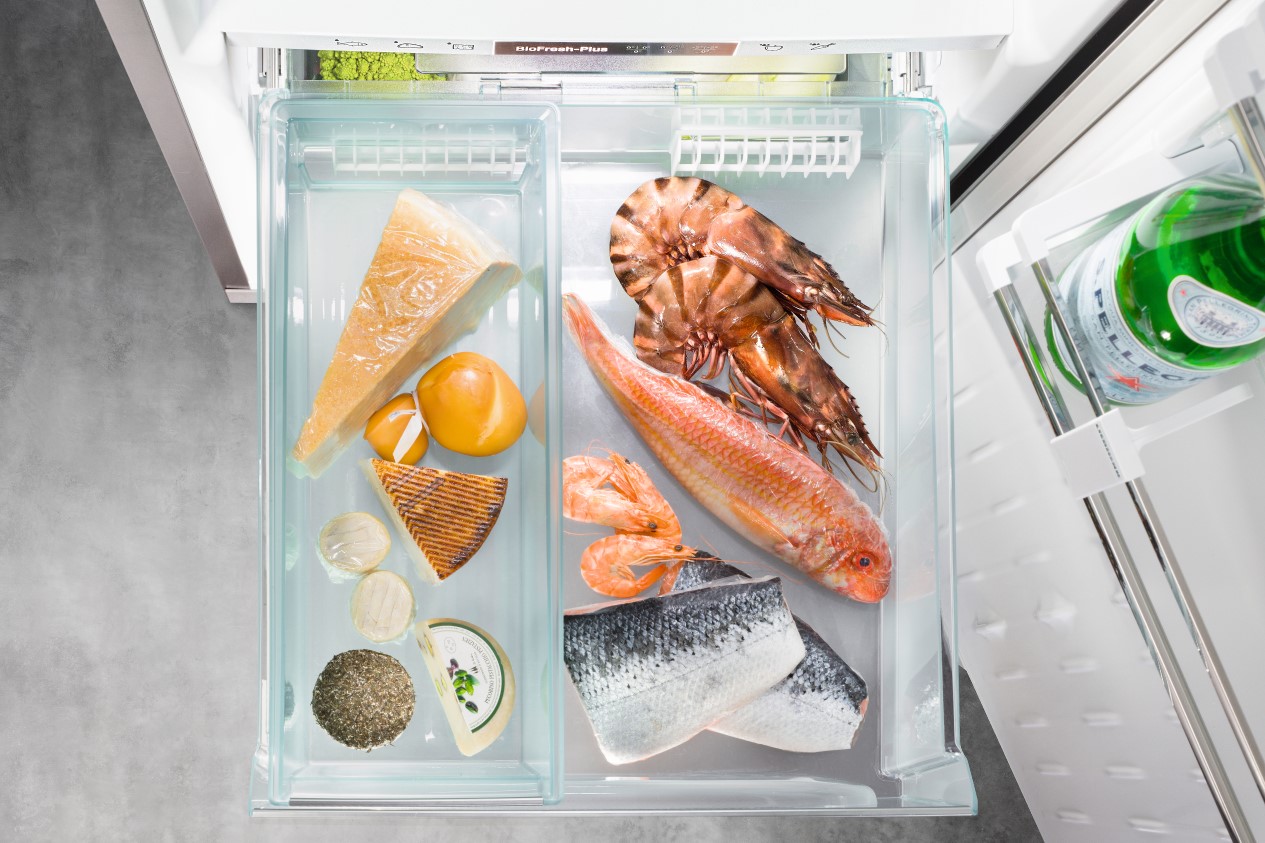

Articles
How To Store Fish In Refrigerator
Modified: May 6, 2024
Learn the best techniques for storing fish in the refrigerator to keep it fresh and avoid spoilage. Read our informative articles on proper storage methods.
(Many of the links in this article redirect to a specific reviewed product. Your purchase of these products through affiliate links helps to generate commission for Storables.com, at no extra cost. Learn more)
Introduction
Storing fish properly is crucial to maintain its freshness, flavor, and overall quality. Whether you’ve just returned from a fishing trip or purchased fish from the market, knowing how to store it in the refrigerator is essential. This article will guide you through the process of storing fish in the refrigerator to ensure its longevity and optimal taste.
Properly storing fish not only helps maintain its quality but also ensures food safety. Fish is highly perishable and can spoil quickly if not stored correctly. By following some simple guidelines, you can prolong the shelf life of your fish and enjoy it at its best.
In the following sections, we will discuss why it’s important to store fish in the refrigerator, the preparation steps required, the ideal storage temperature, packaging and wrapping techniques, and some tips to extend the shelf life of your fish. By understanding these factors, you’ll be equipped with the knowledge to store fish effectively, reducing waste and maximizing enjoyment.
Key Takeaways:
- Properly storing fish in the refrigerator is crucial for maintaining its freshness, flavor, and safety. Following preparation, packaging, and temperature guidelines can help extend the shelf life and enhance the overall dining experience.
- Avoiding common mistakes, such as delaying refrigeration and improper packaging, is essential for preserving the integrity and quality of fish. By implementing tips and best practices, you can ensure that your fish stays fresh and delightful for as long as possible.
Read more: How To Store Fish While Fishing
Why Store Fish in the Refrigerator?
Storing fish in the refrigerator is essential for several reasons. Proper refrigeration can help preserve the freshness and quality of the fish, prevent bacterial growth, and ensure its safety for consumption. Let’s explore these reasons in more detail:
- Freshness: Fish is a highly perishable food item. Once the fish is caught or purchased, it starts to deteriorate immediately. Storing it in the refrigerator slows down the natural spoilage process and helps to maintain its freshness for a longer period of time.
- Bacterial Growth Prevention: Fish is prone to bacterial growth, which can lead to foodborne illnesses. The low temperatures in the refrigerator inhibit the growth of harmful bacteria, reducing the risk of food poisoning.
- Odor Control: Fish has a distinct smell that can permeate other foods if not stored properly. The refrigerator helps contain the odor and prevents it from spreading to other items in your kitchen.
- Texture and Flavor Preservation: Storing fish at the appropriate temperature helps retain its texture and flavor. It prevents the fish from becoming mushy or developing an unpleasant taste, ensuring a delightful culinary experience.
- Convenience: Having fish readily available in your refrigerator allows for easy meal planning and preparation. You can conveniently access it whenever you desire, saving time and effort.
Given these reasons, it’s clear that storing fish in the refrigerator is the best way to maintain its quality and prolong its shelf life. Let’s now delve into the steps involved in preparing fish for refrigeration.
Preparing Fish for Refrigeration
Properly preparing fish for refrigeration is essential to maintain its quality and prevent bacterial contamination. Follow these steps to ensure your fish is ready for storage:
- Clean the Fish: Start by cleaning the fish thoroughly. Remove any scales, entrails, and fins. Rinse the fish under cold running water to get rid of any dirt or debris.
- Remove Excess Moisture: Pat the fish dry with paper towels to remove excess moisture. Moisture can accelerate spoilage, so it’s crucial to eliminate as much as possible before refrigerating.
- Cut into Portions (if needed): If you have a whole fish, you may want to cut it into smaller fillets or portions. This makes it easier to store and use in recipes later.
- Season (optional): If you prefer, you can season the fish with spices, herbs, or marinades before refrigeration. This step is optional and can enhance the flavor of the fish when you’re ready to cook it.
- Use Quality Storage Containers: Choose appropriate storage containers such as airtight plastic bags or containers. These will keep your fish protected and prevent it from absorbing odors from other foods in the refrigerator.
- Label and Date: It’s a good practice to label the storage container with the type of fish and the date of refrigeration. This helps you keep track of the fish’s freshness and avoid confusion later on.
By following these preparation steps, you ensure that your fish is clean, dry, and ready for refrigeration. Next, let’s discuss the ideal storage temperature for keeping your fish fresh.
Proper Storage Temperature
The storage temperature plays a crucial role in maintaining the freshness and quality of fish. To ensure the best results, it is important to store fish at the proper temperature. Follow these guidelines for storing fish in the refrigerator:
- Keep it Cold: The ideal temperature for storing fish is between 32°F to 39°F (0°C to 4°C). This temperature range ensures that the fish stays cold enough to inhibit bacterial growth, but not so cold that it freezes.
- Use the Coldest Part of the Refrigerator: Place the fish in the coldest part of your refrigerator, which is usually the back or bottom shelf. Avoid storing it near the door or anywhere where temperature fluctuations are more likely to occur.
- Avoid Temperature Abuse: Temperature abuse, such as frequent opening of the refrigerator door or leaving it open for an extended period, can impact the quality of the fish. Make sure to minimize temperature fluctuations and keep the refrigerator door closed as much as possible.
- Check and Adjust Temperature: Regularly check the temperature of your refrigerator with an appliance thermometer to ensure it remains within the recommended range. Adjust the temperature settings if necessary.
By storing fish at the proper temperature, you can prevent bacterial growth, maintain its freshness, and extend its shelf life. However, proper packaging and wrapping techniques are also essential to protect the fish from drying out and absorbing odors. Let’s explore these techniques in the next section.
Packaging and Wrapping Fish
Proper packaging and wrapping techniques are essential for protecting fish from drying out and preventing it from absorbing odors from other foods in the refrigerator. Follow these guidelines to ensure your fish is properly packaged and wrapped:
- Individual Wrapping: Wrap each piece of fish individually in plastic wrap or aluminum foil. This helps to prevent air exposure, which can lead to drying and loss of flavor.
- Airtight Containers: If you prefer to use containers, make sure they are airtight. Place the fish in a container and ensure the lid is tightly sealed to prevent air from entering.
- Zip-Top Bags: Another option is to use zip-top bags specifically designed for storing food. Place the fish inside the bag, remove excess air, and seal it tightly. This method also helps to prevent freezer burn if you plan to freeze the fish.
- Wrapping for Freezing: If you plan to freeze the fish, it’s important to use appropriate freezer-safe packaging. Vacuum-sealed bags or freezer-grade plastic wrap are good options for long-term storage in the freezer.
- Labeling: Label the packaged fish with the name of the fish and the date of packaging. This will help you keep track of the freshness and allow for quick identification later on.
When packaging and wrapping fish, it’s important to minimize air exposure and maintain airtightness to preserve the fish’s quality. The next section will discuss the proper way to store fish in the refrigerator.
When storing fish in the refrigerator, make sure to place it in a shallow airtight container or wrap it tightly in plastic wrap to prevent any odor from spreading to other foods. Keep it on the bottom shelf where it’s coldest and use it within 1-2 days for the best quality.
Storing Fish in the Refrigerator
Once you have prepared and properly packaged the fish, it’s time to store it in the refrigerator. Follow these steps to ensure the best storage conditions:
- Choose the Right Shelf: Select the coldest part of your refrigerator, typically the back or bottom shelf, to store the fish. This area provides a consistent and cool temperature, minimizing the risk of bacterial growth.
- Keep Fish Separate: It’s important to store fish separately from other items in the refrigerator. This prevents any cross-contamination and the transfer of flavors and odors.
- Avoid Overcrowding: Allow enough space between the fish pieces to ensure proper air circulation. Overcrowding can lead to uneven cooling and promote bacteria growth.
- Regularly Check for Spoilage: Keep an eye on the fish to ensure it hasn’t started to spoil. Look out for any signs of discoloration, sliminess, or an unpleasant odor. If you notice any of these, it’s best to discard the fish.
By following these steps, you create an optimal environment for storing fish in the refrigerator, ensuring its quality and safety. However, there are a few additional tips you can follow to extend the shelf life of your fish. Let’s explore those in the next section.
Tips for Extending Fish Shelf Life
To maximize the shelf life and freshness of your fish, consider implementing these tips:
- Use the Freshest Fish: Start with the freshest fish possible. Avoid purchasing fish that has an off odor or slimy texture.
- Refrigerate Immediately: After purchasing or catching fish, refrigerate it as soon as possible. Delaying refrigeration can accelerate spoilage.
- Consume within a Few Days: Fish is highly perishable, and its quality deteriorates over time. Aim to consume refrigerated fish within 1-2 days for optimal quality.
- Store Skin-Side Down: When storing fillets, place them skin-side down. This helps to maintain their shape and quality for a longer duration.
- Avoid Exposure to Air: Proper packaging and wrapping are crucial to prevent air exposure. This helps to minimize the risk of drying out and loss of flavor.
- Don’t Wash Before Storage: It is best to avoid washing fish before refrigeration. Washing can introduce excess moisture, leading to quicker spoilage.
- Separate Different Types of Fish: If storing different types of fish, keep them in separate containers or wrap them individually. This prevents cross-contamination of flavors and odors.
- Rotate Fish: If you have multiple packs of fish, rotate them so that the oldest ones are used first. This helps to minimize waste and ensures you enjoy the freshest fish possible.
- Freeze if not Consuming Soon: If you are not planning to consume the fish within a few days, consider freezing it. Freezing can extend the shelf life for several months while maintaining quality.
By following these tips, you can prolong the shelf life of your fish and ensure a delightful culinary experience. However, it’s important to be aware of common mistakes to avoid. Let’s discuss those in the next section.
Common Mistakes to Avoid
When it comes to storing fish in the refrigerator, there are some common mistakes that can have a negative impact on its quality. Avoiding these mistakes will help you maintain the freshness and taste of your fish:
- Delaying Refrigeration: One of the biggest mistakes is failing to refrigerate fish promptly. Delaying refrigeration allows the fish to spoil quickly. Make sure to refrigerate the fish as soon as possible after catching or purchasing it.
- Incorrect Storage Temperature: Storing fish at a temperature outside the recommended range can lead to bacterial growth or freezing. Ensure that your refrigerator is set to the proper temperature of 32°F to 39°F (0°C to 4°C).
- Improper Packaging: Inadequate packaging and wrapping can expose the fish to air, causing it to dry out and lose flavor. Use airtight containers, plastic wrap, or zip-top bags to properly seal the fish and minimize air exposure.
- Storing Fish Too Long: Fish is perishable and has a limited shelf life. Storing fish for an extended period in the refrigerator can result in spoilage. Aim to consume refrigerated fish within 1-2 days for the best quality.
- Storing Fish with Strong Odors: Fish has a distinct odor that can transfer to other foods in the refrigerator. Avoid storing fish near sensitive foods or foods with delicate flavors to prevent cross-contamination of odors.
- Not Checking for Spoilage: Regularly inspect the fish for any signs of spoilage, such as discoloration, sliminess, or a foul odor. If you notice any of these signs, discard the fish to ensure food safety.
- Not Labeling or Dating: Forgetting to label and date your packaged fish can lead to confusion about its freshness. Always label each package with the type of fish and the date of refrigeration to keep track of its shelf life.
By avoiding these common mistakes, you can ensure that your fish stays fresh, flavorful, and safe for consumption. Now, let’s wrap up the article.
Conclusion
Storing fish properly in the refrigerator is the key to preserving its freshness, flavor, and quality. By following the guidelines outlined in this article, you can ensure that your fish remains at its best for as long as possible.
Proper preparation, including cleaning and drying the fish, is essential before refrigeration. Choosing the right storage containers or wrapping materials and labeling them correctly helps to maintain the fish’s freshness and prevent cross-contamination.
Remember to store the fish at the recommended temperature of 32°F to 39°F (0°C to 4°C) in the coldest part of your refrigerator. Regularly check the temperature and avoid temperature abuse to prevent spoilage.
By implementing the tips we’ve provided, such as using the freshest fish, storing it separate from other foods, and consuming it within a few days, you can extend the shelf life and ensure the best quality of your fish.
Avoiding common mistakes, such as delaying refrigeration, improper packaging, and storing fish for too long, will help you maintain the fish’s integrity and safety.
Remember, properly stored fish not only ensures its longevity and safety but also enhances the overall dining experience by preserving its flavor, texture, and aroma.
So the next time you bring home fresh fish from the market or return from a fishing trip, follow these guidelines and enjoy the freshness and deliciousness of your fish for as long as possible. Happy storing and bon appétit!
Now that you've learned how to keep fish fresh, why not optimize your entire fridge space? Our next piece guides you through the latest refrigerator organization strategies to ensure every item, from condiments to produce, finds its ideal spot. Keeping your fridge tidy not only helps in locating items quickly but also assists in maintaining them at their best quality. Dive into our next article for essential tips on decluttering and organizing your refrigerator efficiently.
Frequently Asked Questions about How To Store Fish In Refrigerator
Was this page helpful?
At Storables.com, we guarantee accurate and reliable information. Our content, validated by Expert Board Contributors, is crafted following stringent Editorial Policies. We're committed to providing you with well-researched, expert-backed insights for all your informational needs.


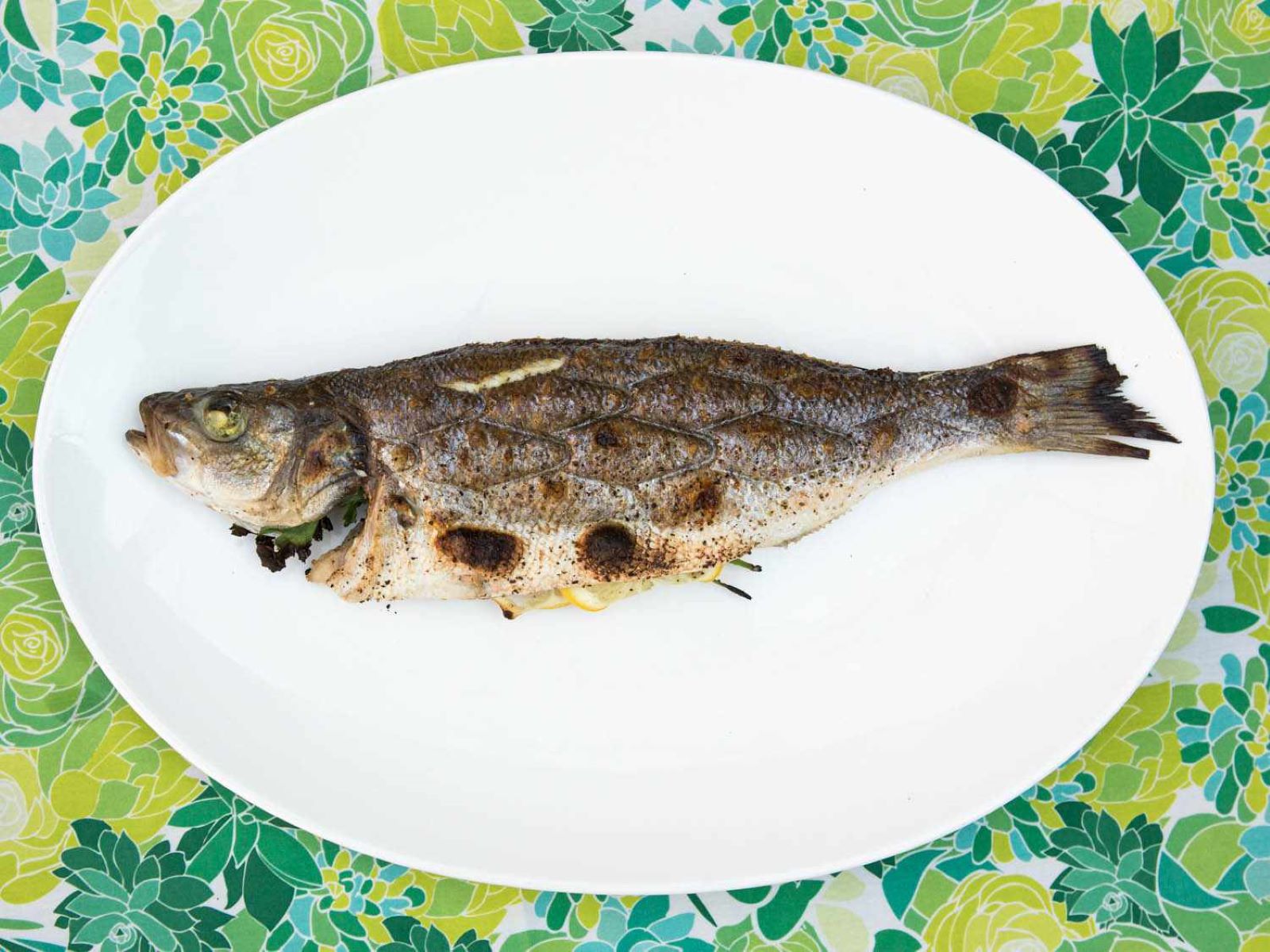




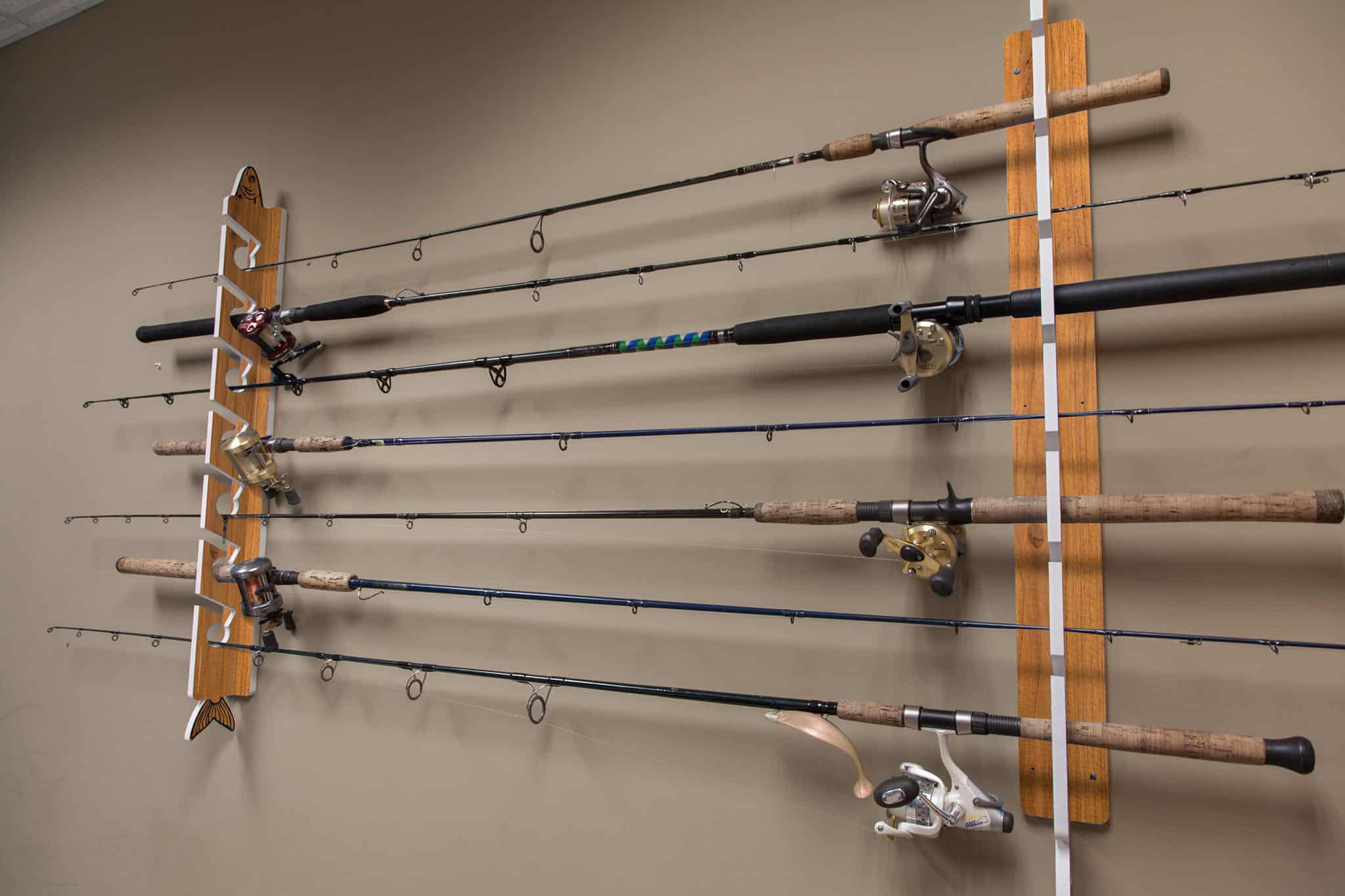

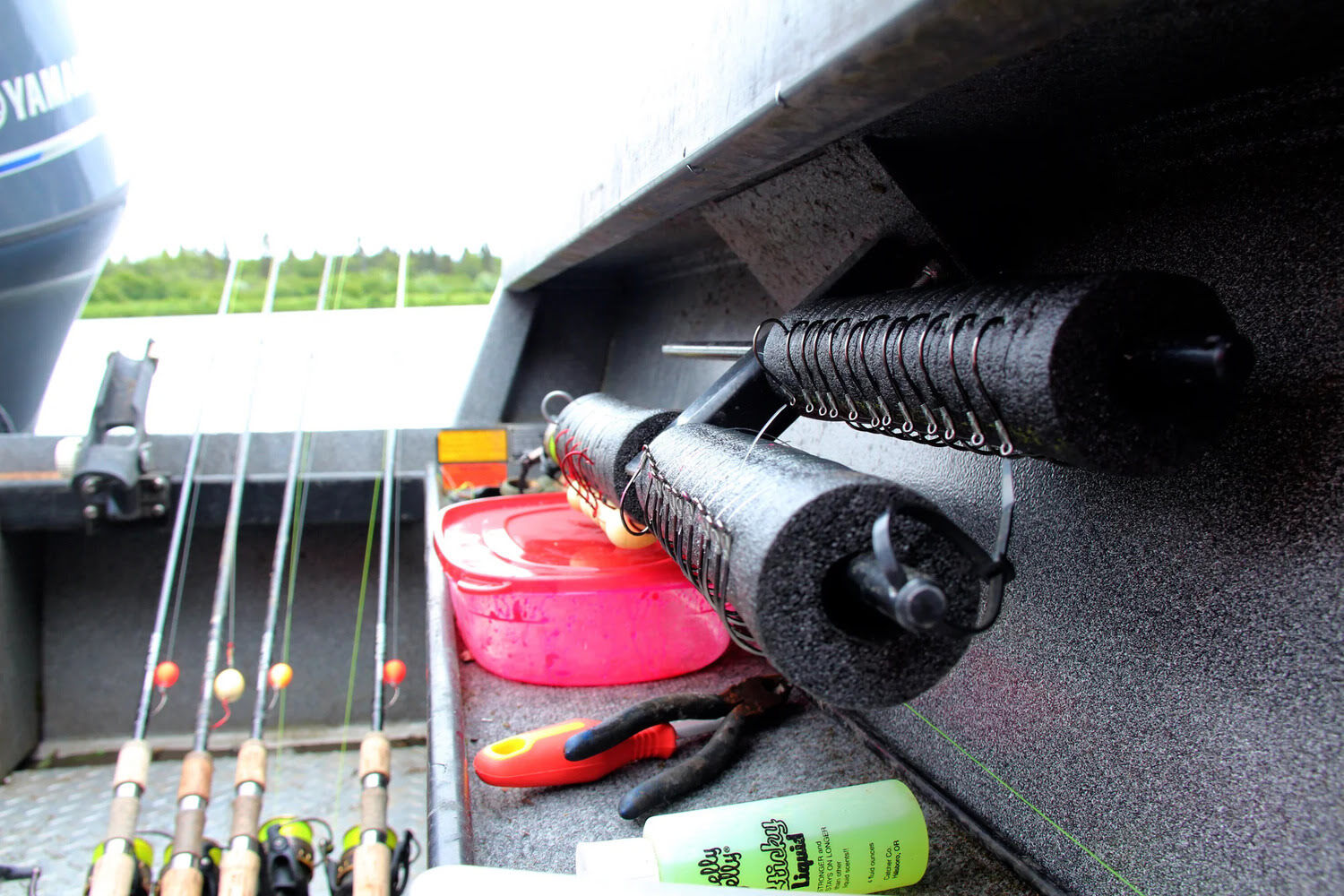
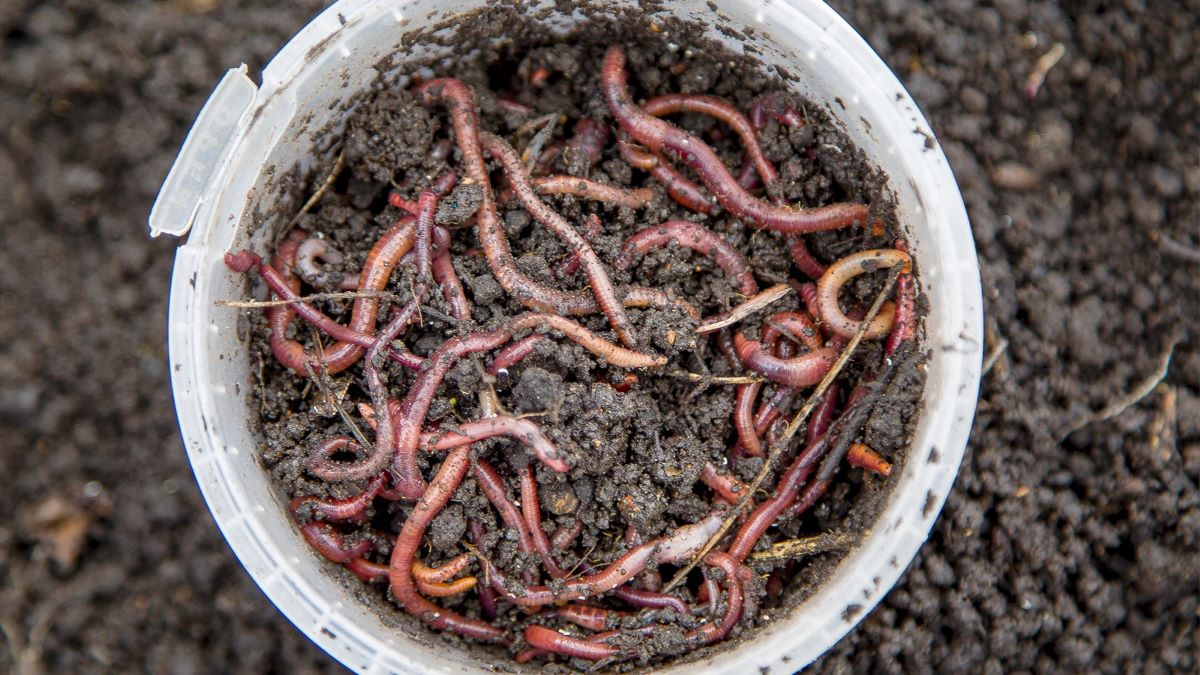
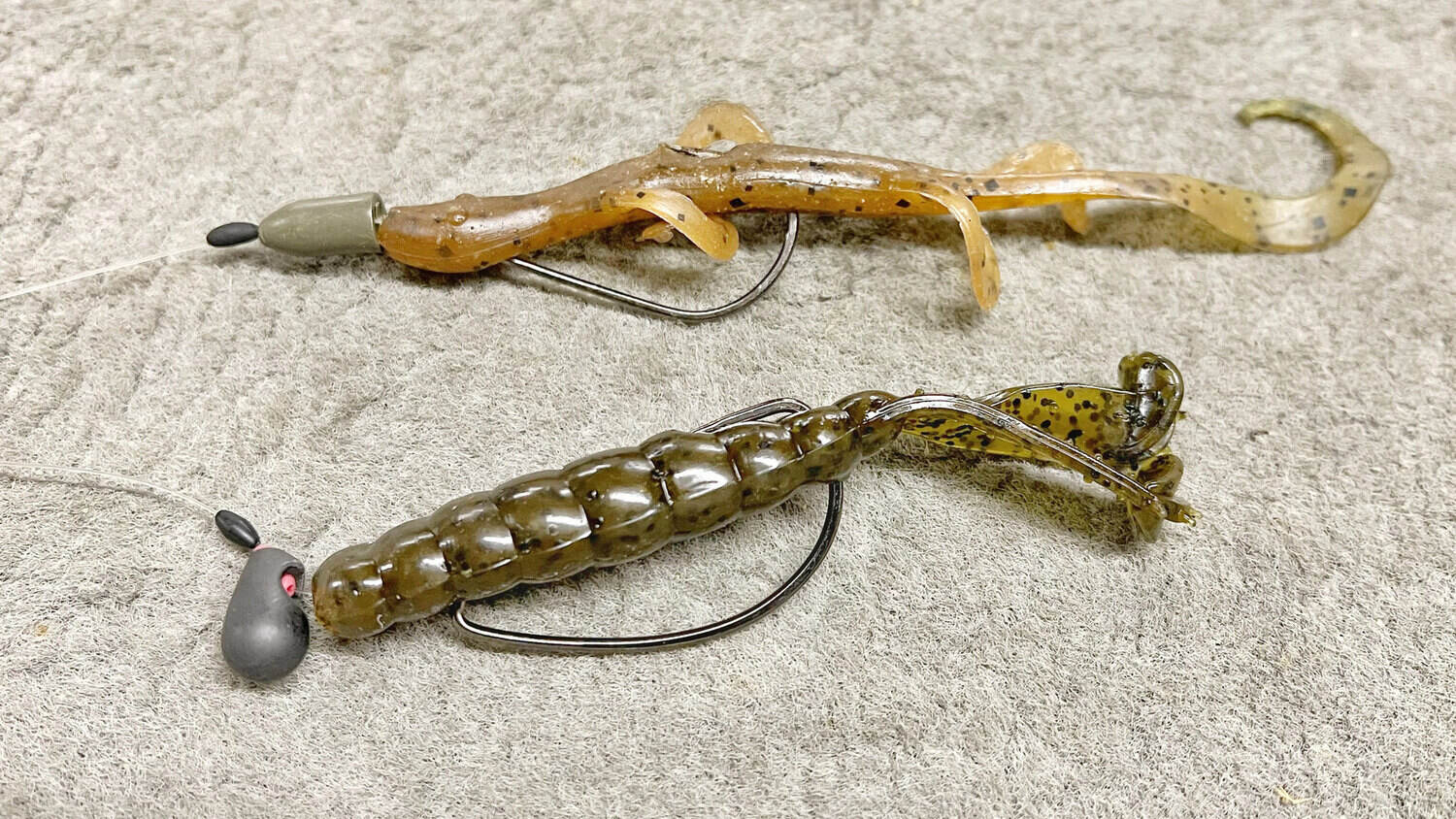



0 thoughts on “How To Store Fish In Refrigerator”